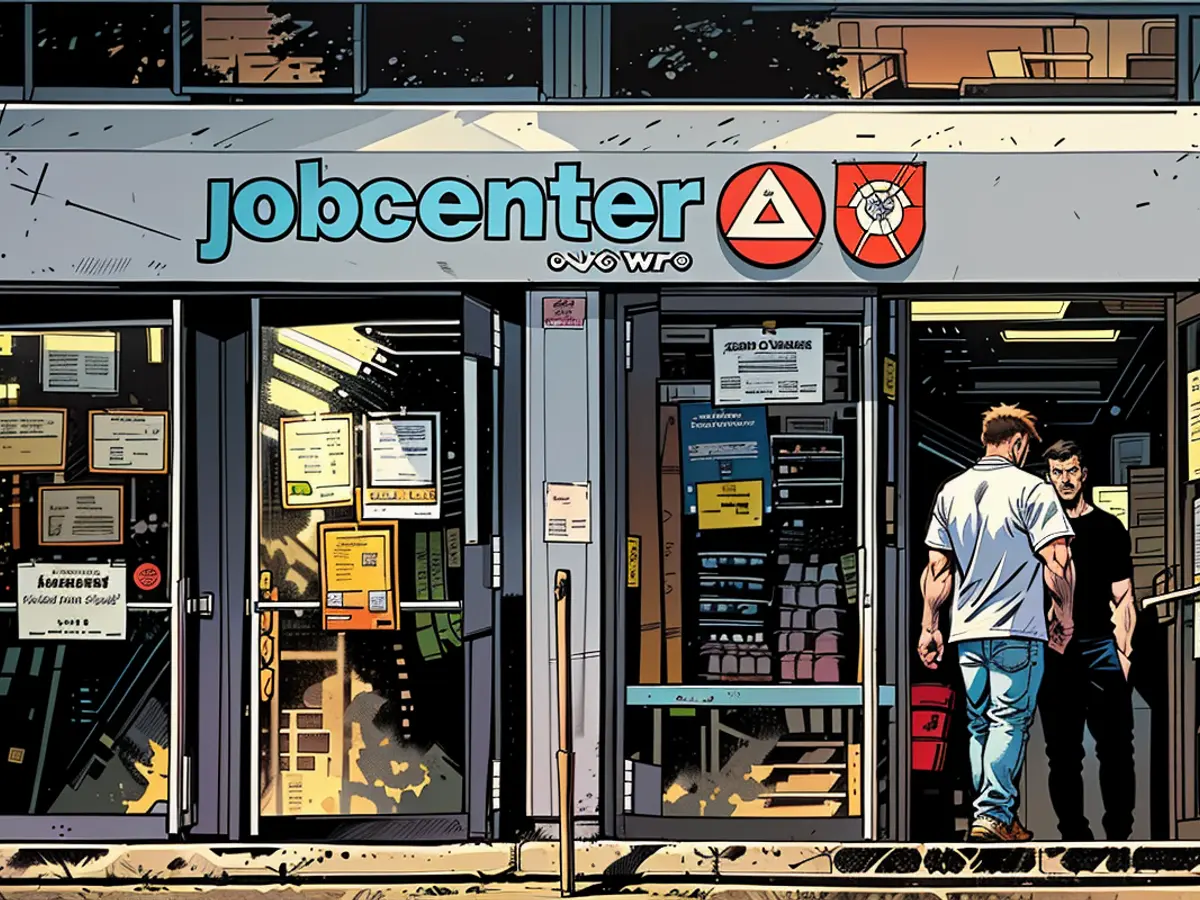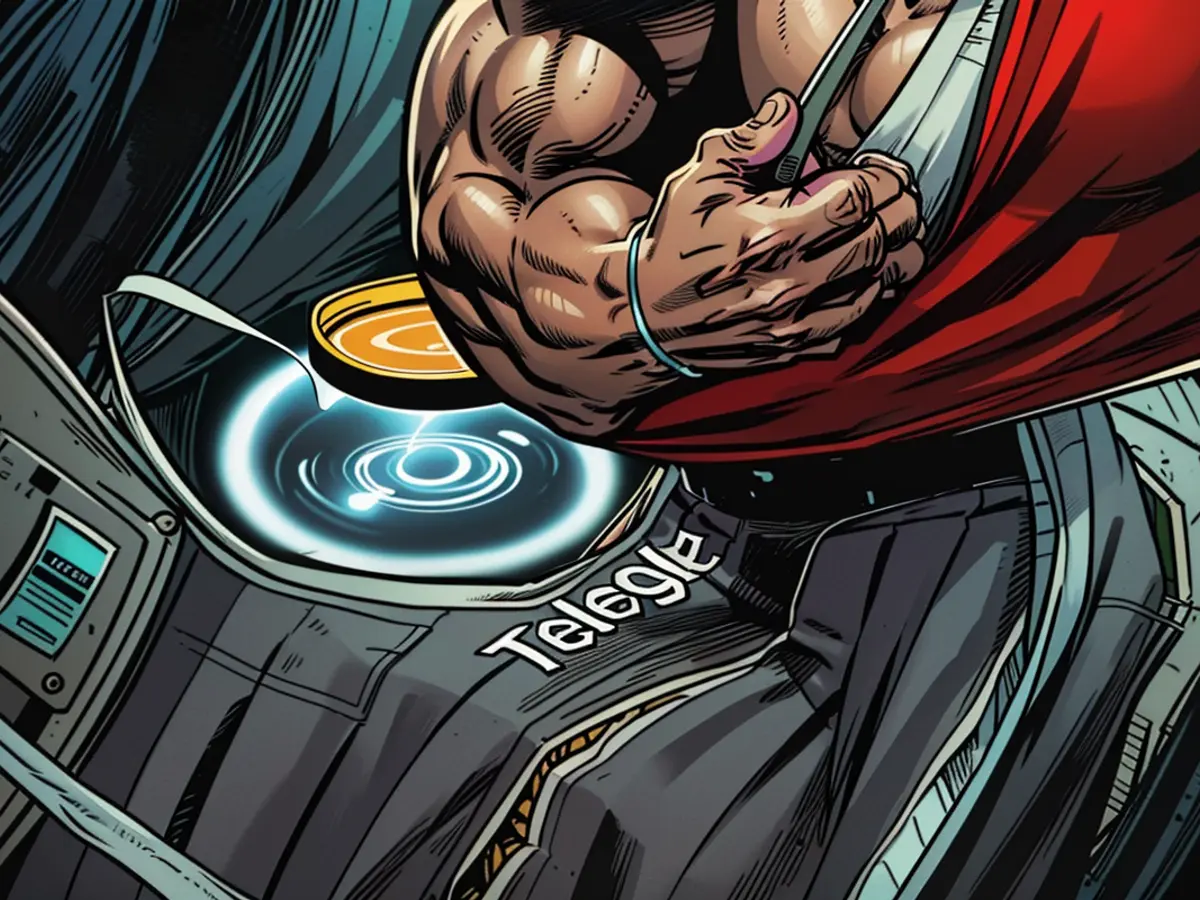- Aumento costante: i Testimoni Lego aumentano entrate e margini di profitto
Lego continua a registrare una crescita del 10% nei profitti e nei ricavi, consentendo all'azienda di investire in progetti che garantiscono un futuro prospero per il gioco con i suoi prodotti. La richiesta di prodotti Lego è aumentata negli Stati Uniti e in Europa, portando l'azienda danese di giocattoli di Billund a registrare un aumento del 13% delle entrate nel primo semestre del 2024 rispetto allo stesso periodo dell'anno precedente, pari a 31 miliardi di corone danesi (circa 4,15 miliardi di euro). Le vendite ai consumatori sono cresciute del 14%, mentre gli utili netti sono aumentati del 16% a 6 miliardi di corone (circa 800 milioni di euro), ovvero un miliardo in più rispetto al primo semestre del 2023.
Lego ha superato i suoi concorrenti nell'industria dei giocattoli e ha aumentato la sua quota di mercato, come dichiarato dall'azienda. Contestualmente, il Gruppo Lego ha aumentato gli investimenti in iniziative strategiche come la sostenibilità e la digitalizzazione per promuovere la crescita a breve e lungo termine. Il ritmo degli investimenti in queste iniziative dovrebbe accelerare nel secondo semestre.
Lego ha una forte presenza nelle zone pedonali.
"Siamo molto soddisfatti dei risultati", ha dichiarato il CEO di Lego, Niels B. Christiansen, all'agenzia di stampa tedesca. Nonostante il settore dei giocattoli sia stazionario, il Gruppo Lego è riuscito a mantenere la sua quota di mercato a livello mondiale. "Abbiamo un ottimo slancio e il marchio Lego è molto forte al momento", ha sottolineato. La vasta gamma di prodotti Lego continua a catturare l'attenzione di diverse fasce d'età e interessi, generando una forte domanda nei mercati di destinazione.
Secondo l'azienda, le serie di prodotti popolari includono Lego Icons, Lego Star Wars, Lego Technic, Lego City e Lego Harry Potter. Sono stati aggiunti circa 300 nuovi prodotti nella prima metà dell'anno.
Christiansen ha sottolineato che il Increasing number of Lego's physical stores, currently over 1,000 worldwide, is a success factor. While most other businesses have shut their stores and focused more on online shopping, Lego invests in both and can bring the entire Lego universe closer to consumers in the stores, Christiansen said. Although establishing such Lego Stores is initially costly, they operate effectively once established.
Christiansen mentioned that post-COVID-19 pandemic, it was astonishing to see that people worldwide wanted to shop in stores again. Initially, there was speculation about whether everything would shift to online shopping, but this trend reversed after the pandemic.
Germany remains a significant market for Lego. "It is one of the absolute key markets", said Christiansen. The state of the German market has been somewhat volatile over time, but looking at Lego's development over the past five years, he is extremely satisfied.
Christiansen also pointed out that Lego has made significant progress in increasing the ratio of sustainable materials in its products. As of the first half of 2024, 22% of a Lego brick is no longer derived from oil. The brick feels the same in the hand, has the same quality and safety, and has the same durability, Christiansen said.
The transition towards a more sustainable Lego brick has taken ample time and resources, but it's something the Lego CEO is particularly proud of, he hinted. "I'm more proud of this than even our financial results: We've demonstrated that you can achieve meaningful progress with sustainable materials, even for high-quality products like a Lego product."
The European Union, being a significant market for Lego, has contributed to the company's robust demand in the first half of 2024. The Lego Group's strategic investments in sustainability and digitization, which are key initiatives of the European Union, have also aided in securing market share worldwide.








